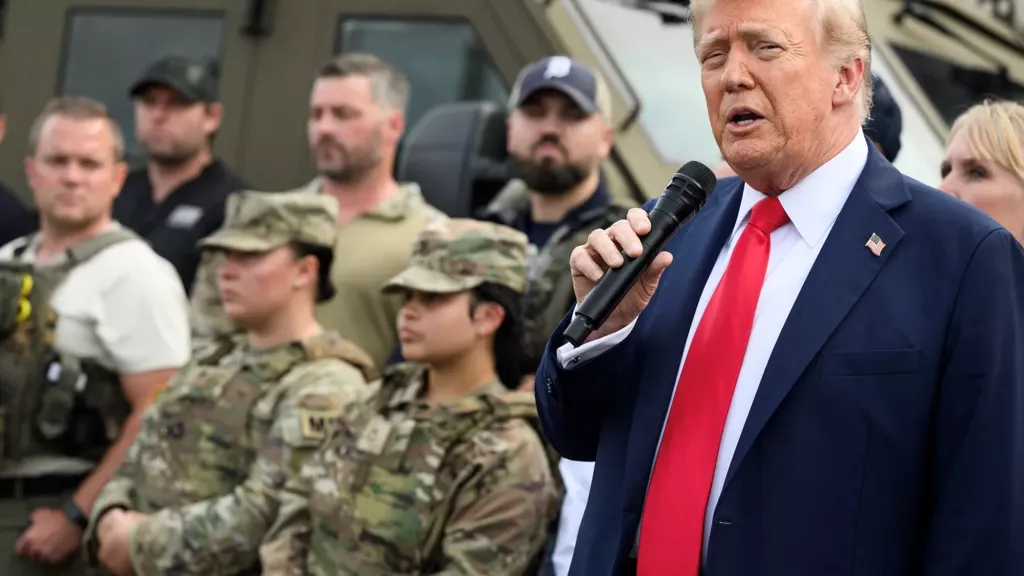Donald Trump claims Washington, D.C., needs the National Guard to get crime under control. Every time he says it, the same argument flares up: who's to blame for crime in America's cities?
Progressive commentator Ed Krassenstein argued online that crime is really a red state problem, pointing to higher murder rates in Republican states. Conservative commentator Carmine Sabia, a friend of mine, shot back that Democratic mayors are responsible since they run most of the big cities.
They're both wrong. And this is exactly the problem with the way we talk about crime in America. Everyone wants to use it as a political football.
The truth is much simpler, and much harder: crime doesn't follow party lines. It follows poverty.
The federal government's own numbers prove it. In 2023, the Bureau of Justice Statistics reported that people in households making under $25,000 a year were almost three times more likely to be victims of violent crime than those in households making more than $200,000. That's not red states versus blue states. That's poor versus rich.
The same pattern shows up when you look at neighborhoods. The National Neighborhood Crime Study found that violent crime rises as poverty rises, regardless of whether the neighborhood is white, Black, Latino, or mixed. Once poverty is factored in, the racial gap in crime shrinks dramatically. In plain English, a poor white neighborhood and a poor Black neighborhood have more in common with each other than either does with a wealthy neighborhood.
Columbus, Ohio, proved this point. Researchers found that when neighborhood poverty climbed above 40 percent, violent crime spiked. It didn't matter whether the residents were Black or white. Poverty was the trigger.
Cleveland shows how those conditions were created and sustained. A 2018 report from the Federal Reserve Bank of Cleveland found that neighborhoods redlined in the 1930s are still the poorest, most crime-affected parts of the city today. Eight decades later, the legacy of disinvestment is still visible.
And this isn't just about cities. Rural America tells the same story. Stilwell, Oklahoma, a small Republican-majority town, has a violent crime rate about double the national average. Nearly half its children live below the poverty line. The problem isn't who the mayor is. The problem is entrenched poverty.
That's why the partisan finger-pointing rings hollow. Yes, some red states have higher statewide murder rates. Yes, Democratic-run cities record more murders in raw numbers. Both statements are true. Neither one explains the real issue.
Now, crime policy isn't irrelevant. It matters. Progressive Democrats can be too lax when it comes to fighting crime, and that has to be addressed. You can't ignore the symptoms. But if you're only focused on policing tactics and never address poverty, you're treating the fever without curing the disease. We have to deal with both the symptom and the cause.
And it's worth remembering that not every big-city Democrat even fits the caricature partisans like to paint. Many mayors and city council members are moderates who spend as much time fighting progressives as they do fighting Republicans. Yet in the national debate, they get lumped in with those progressives as if they all share the same ideology. They don’t.
What would actually move the needle is cooperation. Red state governors and blue city mayors should be working together to address poverty instead of using crime as a talking point. That kind of partnership -- not endless partisan bickering -- actually helps people.
If we want safer streets, the only way forward is tackling poverty head-on: schools that work, jobs that pay, communities that are invested in instead of ignored. Because until we do that, crime will remain highest where poverty is deepest. And politicians will keep using it as a football instead of fixing it.
